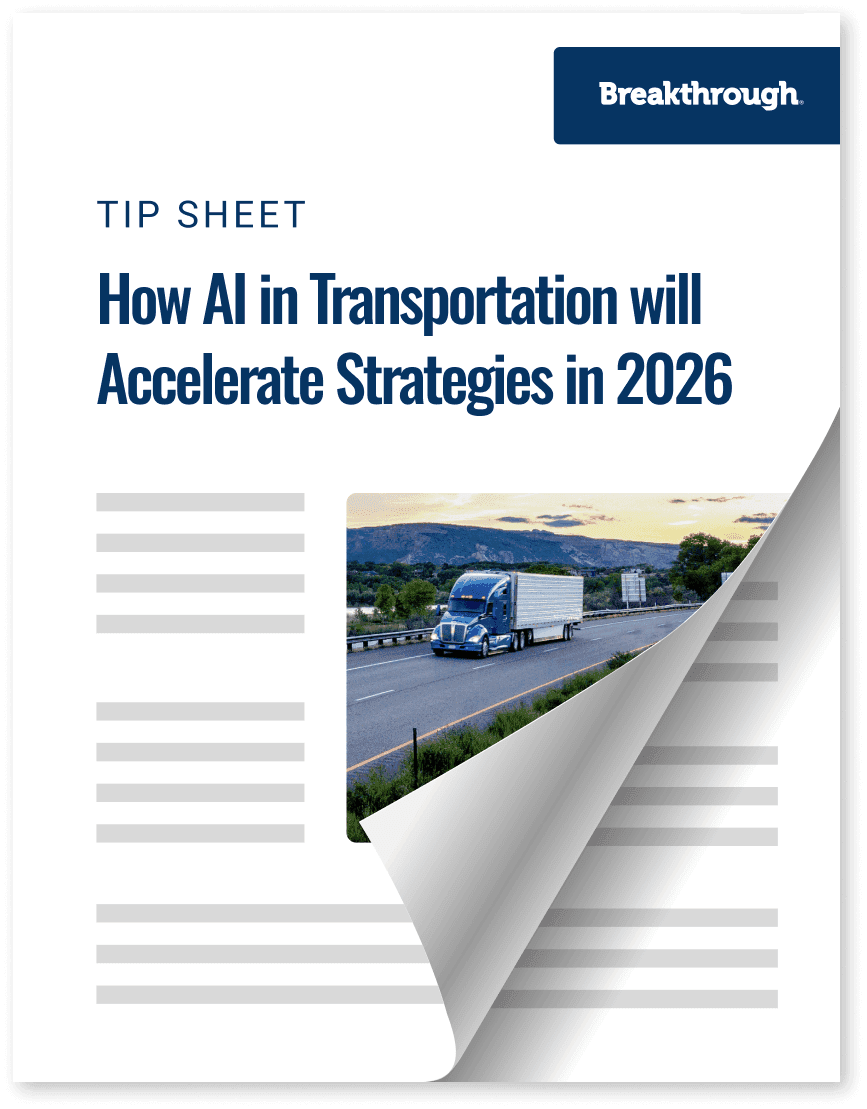How AI in Transportation will Accelerate Strategies in 2026

Trending
Top Posts
Fuel
Why Do Shippers Use The DOE Fuel Surcharge? A History Of The National Fuel Surcharge
5 min read
December 5, 2025
Market Events
How Ukrainian Drone Strikes on Russian Refineries Impact Your Fuel Costs
6 min read
November 20, 2025
Freight
The Definitive Guide on Fuel Management Systems
7 min read
November 11, 2025
3 min read
January 20, 2025

Share:
Table of contents
Browse the table of contents to jump straight to the part you’re looking for
Macroeconomic uncertainty, geopolitical tensions, and extreme weather events can make it difficult for shippers to budget and manage future fuel spend. T-Fuel®, a customizable fuel risk management solution, offers a tailored approach for shippers to hedge fuel spend and lock in a fixed price, helping mitigate market fluctuations and ultimately stabilize profit margins.
Implementing T-Fuel is a flexible process designed to align with your unique business needs. Through leveraging existing Fuel Recovery network data, T-Fuel requires minimal data exchange and is primarily focused on executing an agreement. The process can be completed in as little as one week, allowing you to quickly unlock the benefits of budget stability and transparency. However, before implementing T-Fuel, it’s important to know what to expect.
During this meeting, we will review and analyze your historical fuel spend to gain a greater understanding of your transportation network. Through these insights, we can demonstrate the effectiveness of T-Fuel and discuss pricing indications and network specifics to develop a tailored fuel risk management solution. T-Fuel takes a region-specific hedging approach, ensuring it is aligned with your physical fuel footprint and the unique needs of your network.
The next step is to formalize the partnership through a Master Agreement. This contract establishes the terms and conditions for transacting T-Fuel, including Legal Entity Identifier (LEI) enrollment and verification, as well as the setup of a reconciliation, reporting, and settlement process. The LEI is essential for regulatory compliance and enforceability in financial transactions. The settlement process defines how payments, fuel costs, and reconciliations will be managed, ensuring a smooth transaction and aligning the hedge to actual fuel consumption.
By signing the Master Agreement, you solidify the partnership and create a clear framework for collaboration. Once it is signed, Breakthrough will connect with you to confirm your projected annual network consumption and desired hedging timeframe.
The next step is to define the diesel fuel operating plan. A well-defined diesel fuel operating plan considers a hedging cadence, network coverage, and target price.
Once aligned on an operating plan, you will receive a daily pricing indication tailored to your network.
Implementing a robust diesel fuel hedging strategy requires an organized and executable plan, informed decision-making, and a clear understanding of your organization's unique financial and operational needs. By leveraging data-driven insights and aligning your approach to market conditions, you can effectively mitigate fuel price volatility and gain further budget stability and transparency.
If you have any questions or want to explore how to refine your diesel fuel hedging strategy further, contact us to help you achieve your business goals.

5 min read
December 5, 2025
The DOE fuel surcharge is an outdated, inaccurate method for fuel reimbursement. Learn why it costs you money and discover a modern, market-based alternative.
Read more
6 min read
November 20, 2025
Understand the impact of Ukrainian drone strikes on Russian refineries. Learn why diesel prices are volatile and how to protect your budget from market shocks.
Read more
7 min read
November 11, 2025
Discover how fuel management systems cut costs, track emissions, and improve reimbursement accuracy for modern freight operations.
Read more